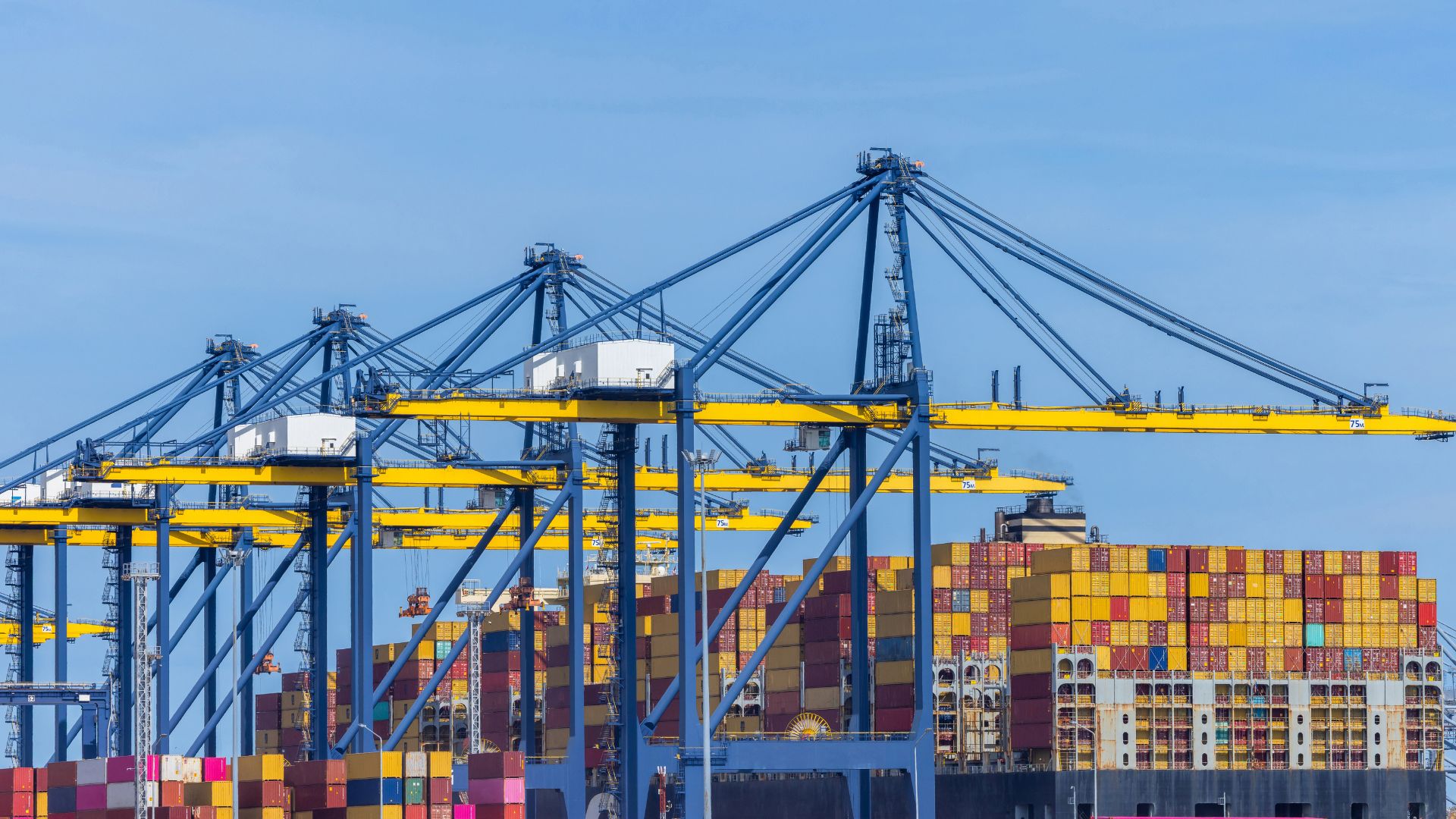Southeast Asia is fast becoming a global manufacturing hub, but the Philippines is lagging behind. Between 2020 and 2024, greenfield investments in supply chain-driven manufacturing across ASEAN rose by about twenty percent to forty-one billion dollars.
Thailand, Malaysia, and Viet Nam now dominate the production of semiconductors, electronics, and electric vehicles. These countries have been able to attract large-scale projects because of efficient logistics, a stable energy supply, and strong industrial policy.
The report noted that the Philippines has yet to capture a significant share of this momentum. Although the country has established special economic zones in Clark, Subic, and Batangas, logistical bottlenecks, high electricity prices, and inconsistent regulatory enforcement discourage investors.
According to the ASEAN Secretariat, the Philippines must shift from consumption-led growth toward production-based integration. This means building local supplier networks, improving port infrastructure, and linking small enterprises to global production chains. Without these measures, the report warned, the Philippines will remain on the sidelines of ASEAN’s manufacturing resurgence.










